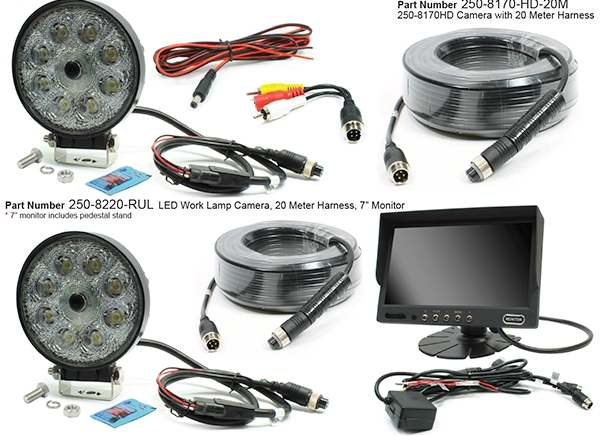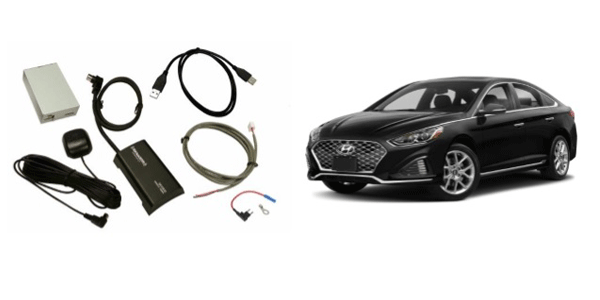Inventory Control Trends for Warehouses

Warehousing isn’t a new concept. From the first time someone built a product, a spot to keep it was needed, and warehousing was born. How things are stored hasn’t changed much over the centuries. Big buildings with rows of racking that extend to the ceiling are still in use. How warehouses operate have changed drastically. Now, autonomous machines roam isles picking products and massive conveyor systems deliver items for packing. Warehouse managers are always looking to improve and streamline their processes. Inventory control trends for warehouses are moving more towards automation and data gathering.
Faster Return To Inventory
Consumers today have no tolerance for incorrect, late, or missing orders. They have no qualms about returning a product with no defects and asking for another one. That behavior has an impact on the supply chain and demands a fast response time. Companies are looking for warehouse management systems (WMS) that can get those products back into inventory, on the shelf, and available for another order.
Focus on WMS User Interface
Improved user interface is an inventory control trend that warehouse managers are looking for. They don’t have time to sort through pages of data to find answers. The answer is to present data in more logical and digestible ways. As the data comes in, finding new ways to present it for the different levels of management is key. Not everyone needs or wants to see the same data.
Machine Learning To Adapt
Warehouse management software has been around for decades, but makers of it are always coming up with new ways to integrate it. More advanced algorithms and coding languages are being invented to improve order steaming to include machine learning. If a picking process underway suddenly changes to a batch of hard-to-pick items, the system can change the allocation accordingly and without human intervention.
Systems for Last-Minute Orders
In the fast-paced e-commerce space, there is a need for speed and flexibility. Traditional warehouse management systems produce orders in the wave format, releasing huge batches of orders at a time and working through them. Some older operations still used the one-off approach and print orders one at a time. The next wave is the warehouse control systems (WCS) that let companies interject rush orders in the middle of pushing out a wave.





